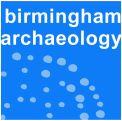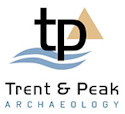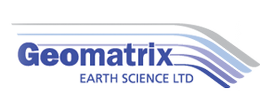A Whole-site First-assessment Toolkit for combined Mineral Resource and Archaeological assessment in Sand and Gravel deposits
Ian Hill, Keith Challis, David Knight, Chris Leech, Neil Linford, Barry Smith, Duncan Wardrop, 2013. https://doi.org/10.5284/1022579. How to cite using this DOI
This work is licensed under the ADS Terms of Use and Access.
Primary contact
Dr
Ian
Hill
Senior Lecturer in Geophysics
University of Leicester
School of Archaeology and Ancient History
University Road
Leicester
LE1 7RH
Resource identifiers
- ADS Collection: 1613
- ALSF Project Number: 5366
- DOI:https://doi.org/10.5284/1022579
- How to cite using this DOI
Introduction

This project addresses ALSF core objective âdeveloping the capacity to manage aggregate extraction landscapes in the futureâ, by developing site-assessment methodology.
Ground investigations are essential components of site assessment for both mineral resources, and archaeological remains. The techniques used for both mineral and archaeological assessment are often similar. Since investigations for both purposes must be performed in areas of potential mineral resource, and there is considerable overlap between them, there are potential benefits to mineral operators, heritage protection, and the planning process, in developing a systematic integrated approach to these investigations. It is important to remember that both mineral deposit and archaeology occupy essentially the same physical space, broadly defined as the soil layer. The project has been timely in relation to the very recent emergence of commercial availability of both airborne, and ground geophysical high resolution survey methods. The project team have the combined expertise in the separate new methodologies and data integration. They also have experience of the current practice in extractive industry, heritage protection and planning to assess critically the value of the information gained using the proposed methods.
The project two example sites, at Sturton-le-Steeple and Shelford, both in the Trent valley. Both sites combine the presence of a known aggregate resource with known archaeological remains, as well as being part of a populated and worked landscape, with issues such as soil quality, hydrogeology and bio-diversity to be considered.












